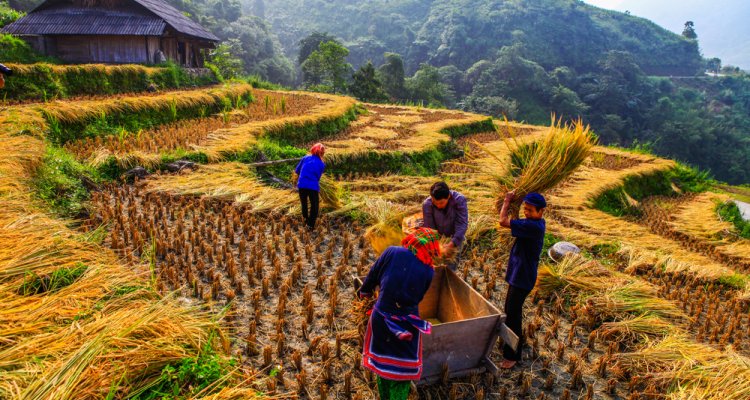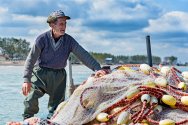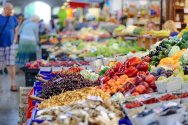
Dossier
Post harvest losses
In some food and flower supply chains almost 50% of the harvest is lost before it reaches the consumer. Applying already proven technology and expertise can substantially reduce the loss of food. Wageningen University & Research has expertise on the entire chain as well as on the specific steps in the value chain.

Input
The input for the agriculture is often seed. It is important to select the best fitting crop and species. Research invests in breeding new varieties with extended shelf life, pest resistance or coping with difficult circumstances like draught or salinity.
Primary production
Some examples of optimising primary production are projects like BIOCOMES or PURE. The comprehensive databases on quarantine plant pests and diseases (Q-bank). The field of pest and disease management is extended with specialisms in viruses, pests, soil diseases.
Pest and disease control is not just an item with plant production but of course also with animal production, the programme one health is focussed on infectious diseases for animal and human (zoonoses)
Collection, sorting, packaging, storage
Collecting, sorting, packaging and storage are all processes in which food losses is easily induced, and therefore is an important step in the optimisation of the vertical food value chain. Each process requires each own specific measures
Processing
Many processes in the logistics and processing industry have been optimised and the food losses can be relatively small. But entrepreneurs are working alongside researchers from Wageningen UR on innovations and new applications that will improve these processes even further. A lot of the innovations in the packaging and preserving area, for instance, are already helping to minimise food waste.
Retail, food service, exports
Food waste in the retail sector in the Netherlands accounts for around 7% of all food waste in the Netherlands. Some of the loss is due to a mismatch between purchasing and sales, leading to superfluous products that can no longer be sold. A Food waste monitor is developed to provide insight and systematic overview breakdowns and destinations in regular flows in the food chain.


